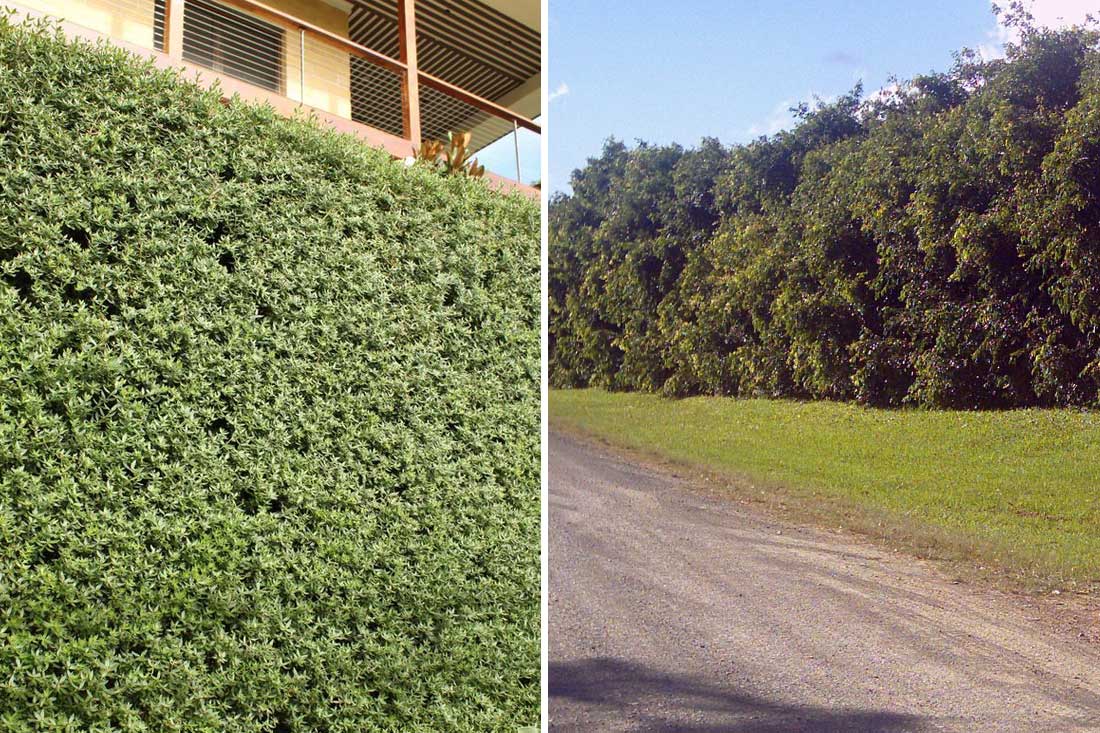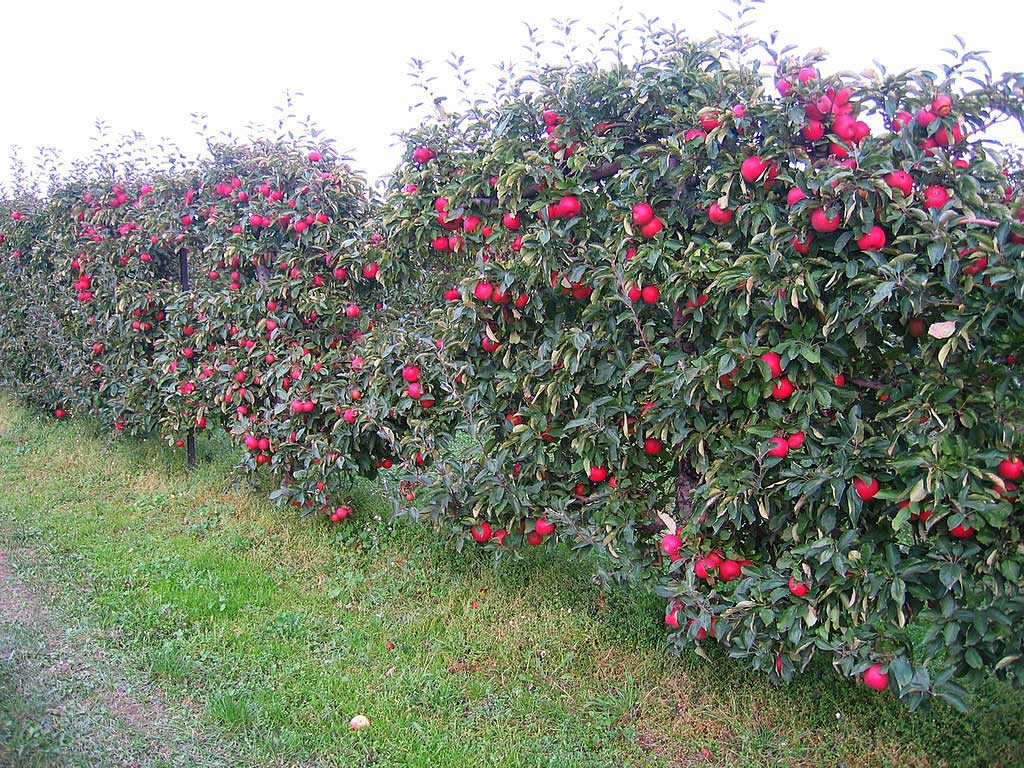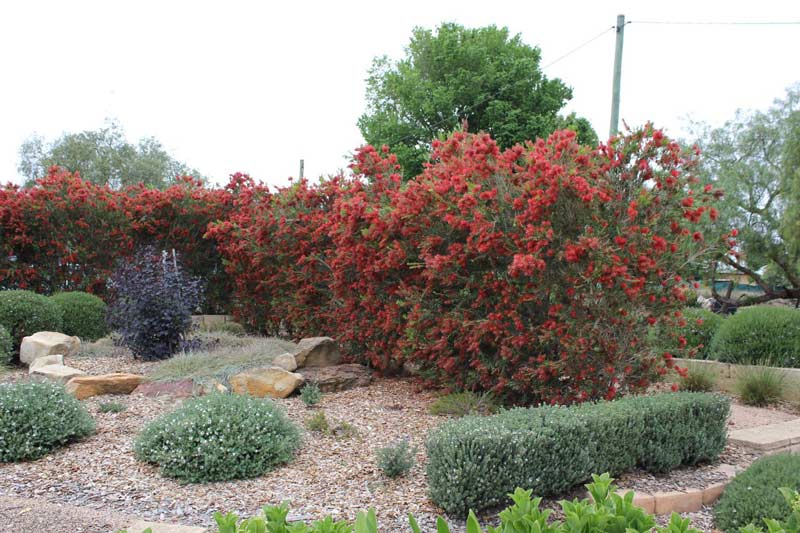Have you ever wondered which hedge and screening plant varieties that landscape architects love in Sydney? And what makes them so special that our leading designers favour them?
Sydney’s climate, classified as humid subtropical (Cfa) under the Köppen climate classification, significantly influences horticulture and landscape design. This article delves into the factors that limit the available plant palette and the general characteristics required for hedge and screening plants to thrive in Sydney.
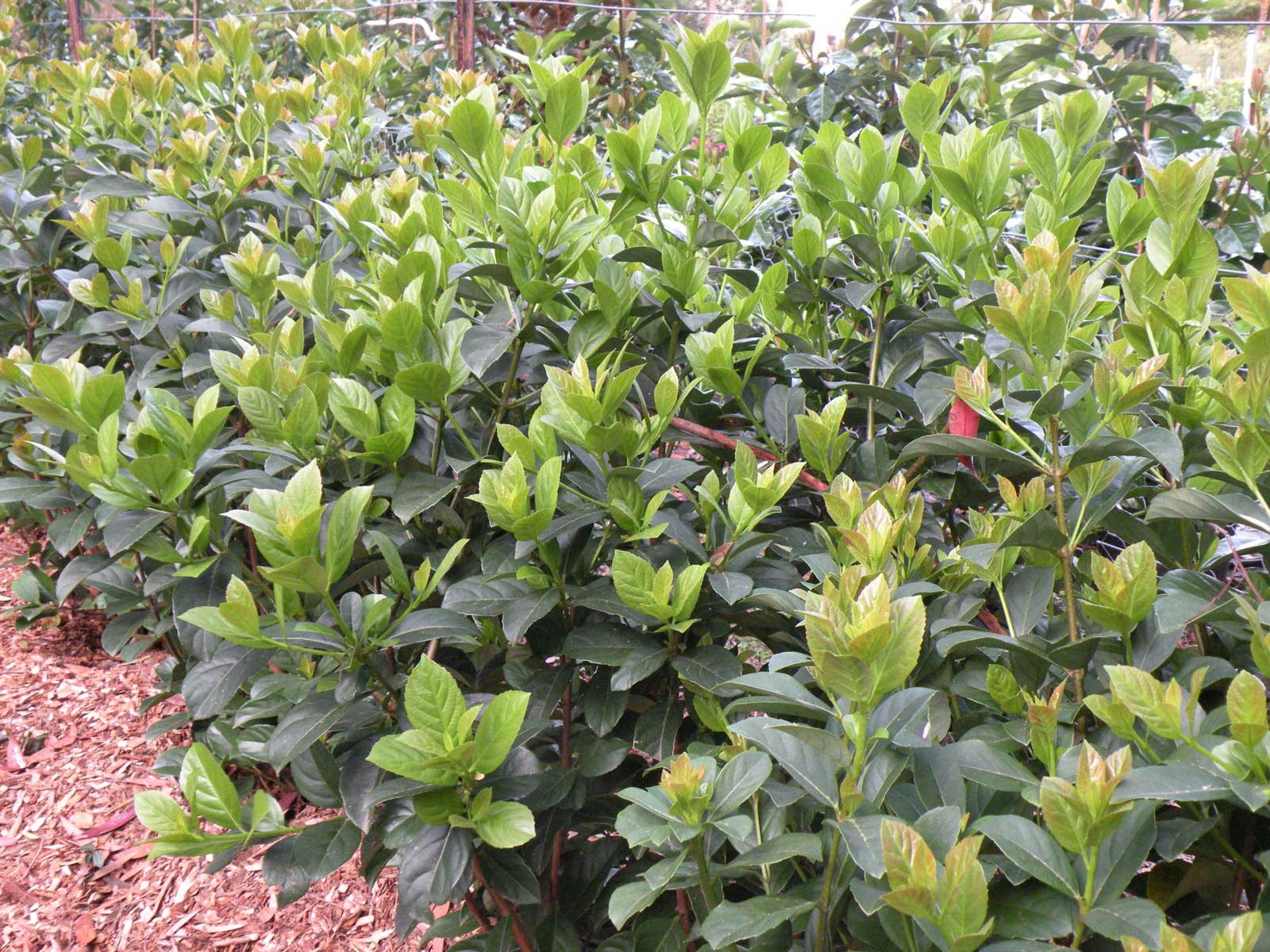
Dense Fence™ Viburnum is a popular exotic hedging plant popular among Sydney-based landscape architects.
Climate Overview
Sydney experiences mild winters and warm to hot summers. Average summer temperatures range from 18°C to 26°C, while winter averages range between 8°C and 17°C. On occasion, extreme temperatures can occur, affecting plant survival and performance. Annual rainfall averages around 1,200 mm, with the majority falling between March and June. However, irregular rainfall patterns can necessitate supplemental irrigation.
Limiting Factors for Plant Selection
Heat Tolerance
Plants must withstand periodic high temperatures and intense sunlight, particularly during the summer months.
Humidity Resistance
The humid climate can foster fungal diseases, so species resistant to such conditions are preferable.
Drought Resilience
Given variable rainfall, drought-tolerant species are crucial, especially in areas without consistent irrigation.
Soil Types
Sydney’s soil varies from sandy soils near the coast to clayey and loamy soils inland. Plants must be selected based on their compatibility with these soil types, with attention to pH levels and fertility.
Microclimate Conditions
Slopes
Aspect
North-facing slopes receive more sunlight and are warmer, favouring sun-loving species. Conversely, south-facing slopes are cooler and shadier, requiring shade-tolerant plants.
Erosion Control
Steep slopes may need erosion-resistant plants with strong root systems to prevent soil erosion.
Shade Levels
Full Sun
Areas exposed to direct sunlight require plants that can handle intense light and heat.
Partial Shade
Regions receiving filtered sunlight or only part of the day’s light necessitate plants adaptable to less intense light conditions.
Full Shade
Under tree canopies or in narrow corridors between buildings, plants must thrive with minimal light.
Drainage
Well-Drained Soils
Plants in these areas should tolerate fast-draining conditions to prevent root rot.
Poorly Drained Areas
Species that can survive wet feet or periodic waterlogging are a good idea for low-lying positions with poor drainage.
Irrigation
Supplemental Watering
Gardens without natural water sources or inconsistent rainfall need drought-resistant plants or efficient irrigation systems.
Water-Wise Plants
Native species or those adapted to local conditions typically require less irrigation.
Soil Types
Sandy Soils
These fast-draining but low-nutrient soils are ideal for drought-tolerant and nutrient-efficient plants.
Clay Soils
Clay retains water longer but can be prone to compaction; plants that can tolerate heavier soil and periodic waterlogging are suitable.
Loamy Soils
Generally the most fertile and well-draining, loamy soils can accommodate a wider variety of plant species.
5 Hedge Plants that Landscape Architects Love in Sydney
As a horticulture consultant at Ozbreed, I get to speak with landscape architects from around the country about plants. It’s one of my favourite parts of my job.
Most people have no idea how much thought goes into every single plant choice they make. I’ve noticed that native palettes are in vogue, with landscape architects mixing cultivars that they know they can depend on to thrive in harsh conditions, as well as variable endemics that they’re willing to experiment on. Of course, their plant palette will always depend on personal taste as well as individual site factors and exotic plants are still being specified for a wide range of reasons.
Here are five hedging plants that I’ve seen them get particularly excited about.
Mundi™ Westringia fruticosa ‘WES05’ PBR
Mundi™ Westringia is a versatile and low-maintenance ground covering hedge beloved for its masses of white flowers. It can be left unpruned where it maintains a tidy form or pruned into low architectural shapes. Ideal for tough environments like roadsides, it thrives on natural rainfall in most populated areas along Australia’s east coast. Landscape architects love it because it can tolerate both flooding and drought, meaning it can thrive in gardens with poor drainage and a lack of irrigation.
- Size: 40-50 cm high x 1.5 m wide.
- Climate Tolerance: Suitable for full sun to part shade, tolerates sandy to well-drained clay soils, cold, and drought. Works well in QLD, NSW, VIC, TAS, SA, WA & ACT. Prefers shelter from heavy frost in ACT.
This plant is excellent for mass plantings and low-maintenance gardens, making it a robust choice for various landscaping needs.
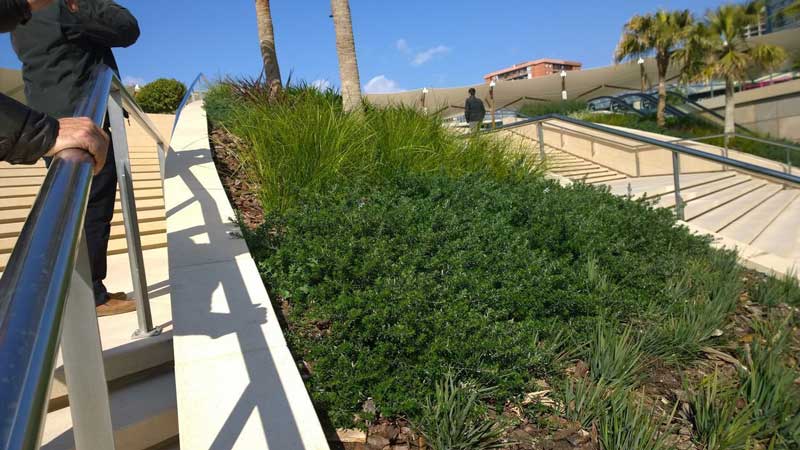
Better John™ Callistemon viminalis ‘LJ1’ PBR
Better John™ Callistemon is a new cultivar featuring blue-green mature foliage with silver-toned new growth due to its soft, hairy texture. Landscape architects love it because it’s resistant against myrtle rust and phytophthora, and it only needs pruning once every couple of years to maintain its shape.
- Size: 60 cm – 1.2 m high x 60 – 90 cm wide.
- Climate Tolerance: Suitable for full sun to part shade, tolerates sandy to well-drained soils, drought, and cold. Recommended for QLD, NSW, ACT, VIC, TAS, SA, and WA.
Ideal for lining borders, specimen planting and contrast planting, it’s low maintenance, quick to establish, and easy to grow.
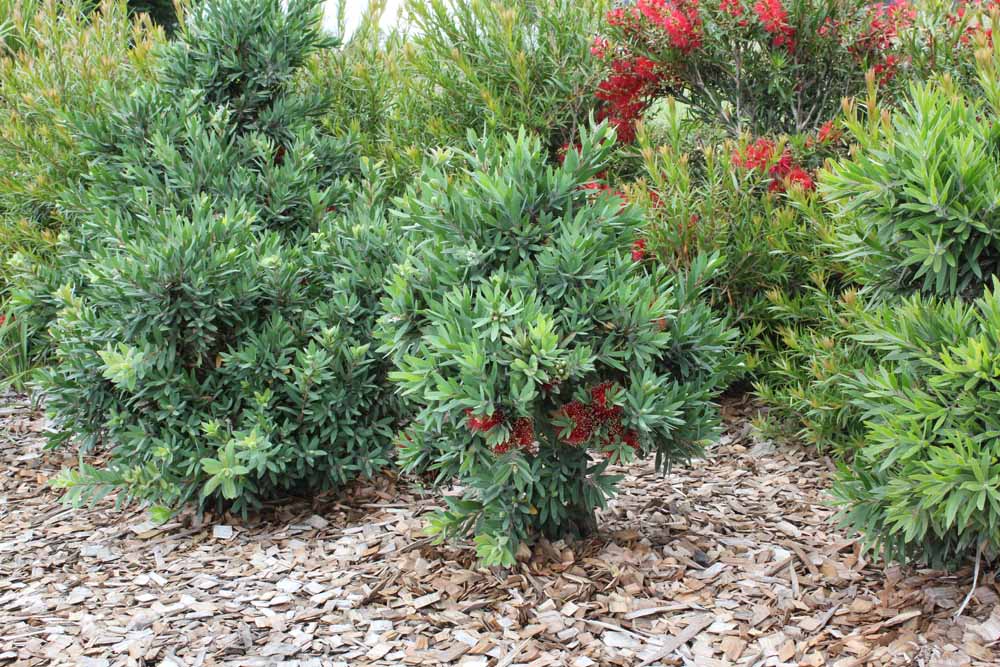
Sweet Privacy™ Murraya paniculata ‘MP01’ PBR
Sweet Privacy™ Murraya is a low-maintenance shrub featuring fragrant white flowers in spring, late summer, and early autumn. It serves excellently as a screen or hedge, requiring pruning only 2-3 times a year. Landscape architects love it because it’s slower growing than other common forms, meaning it needs a lot less pruning. It also features finer foliage which makes small spaces appear larger.
- Size: 1.8-2.5 m high x 1.5 m wide.
- Climate Tolerance: Suitable for full sun to part shade and works with most soil types. Needs watering for 8-13 weeks until established, yearly fertilisation, and performs well in QLD, NSW, NT, VIC, SA, and WA.
Ideal for screening, hedging, topiary, or as a specimen shrub.
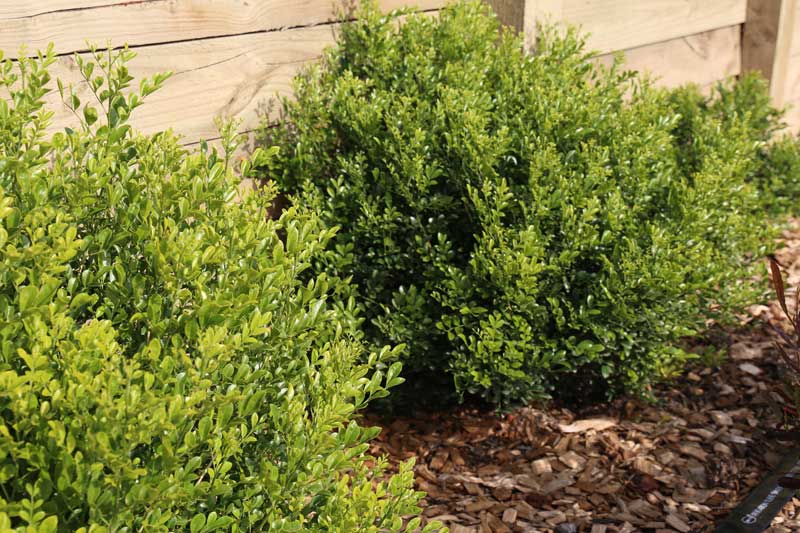
https://www.ozbreed.com.au/plant-ranges/hardy-exotic-range/sweet-privacy/
Dense Fence™ Viburnum odoratissimum ‘VOC1’ PBR
Dense Fence™ Viburnum is a fast-growing, dense shrub ideal for quick screening and hedging. It has highly fragrant white flowers in spring and summer. Landscape architects love it because it provides a solution for designs which need a fast-growing, thick screen for privacy or as a wind break.
- Size: 2-3 m high x 2 m wide (up to 3.5m tall if unpruned).
- Climate Tolerance: Prefers full sun to part shade; suits most soil types. Tolerates mild frost and heat. Suitable for QLD, NSW, NT, VIC, SA, and WA.
Perfect for creating privacy screens or formal hedges
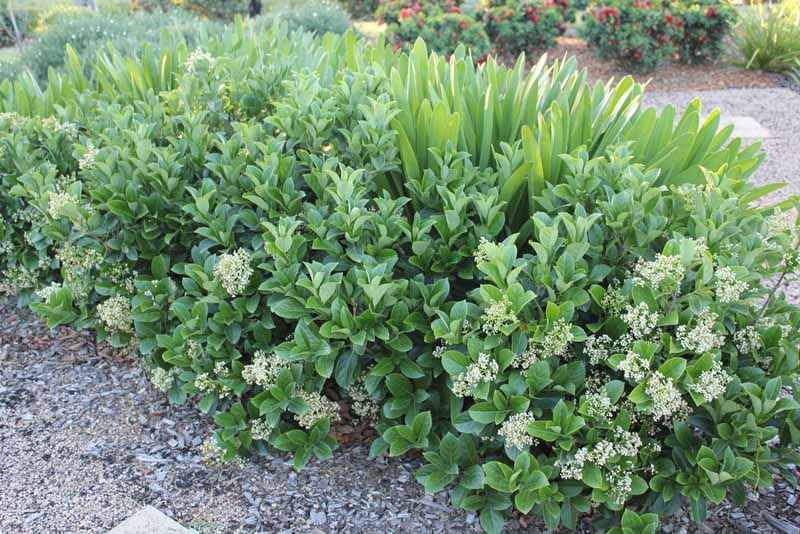
https://www.ozbreed.com.au/plant-ranges/hardy-exotic-range/dense-fence-viburnum/
Sweeper® Waterhousea floribunda ‘DOW20’ PBR
Sweeper® Waterhousea is a heavily weeping tree with lush new growth and elegant rippled leaves, producing large clusters of white flowers in summer. It has a much denser form and is highly resistant to Myrtle Rust. Landscape architects love its curled weeping foliage and its large size for wind breaks and street trees.
- Size: 10 m high x 5-8 m wide.
- Climate Tolerance: Thrives in full sun to part shade; tolerates cold, drought, and various soil types from well-drained to heavy clay loams. Avoid hot, dry inland regions. Works in QLD, NSW, VIC, SA, and WA.
Ideal for large dense screening, as a street tree, or to soften hardscapes.
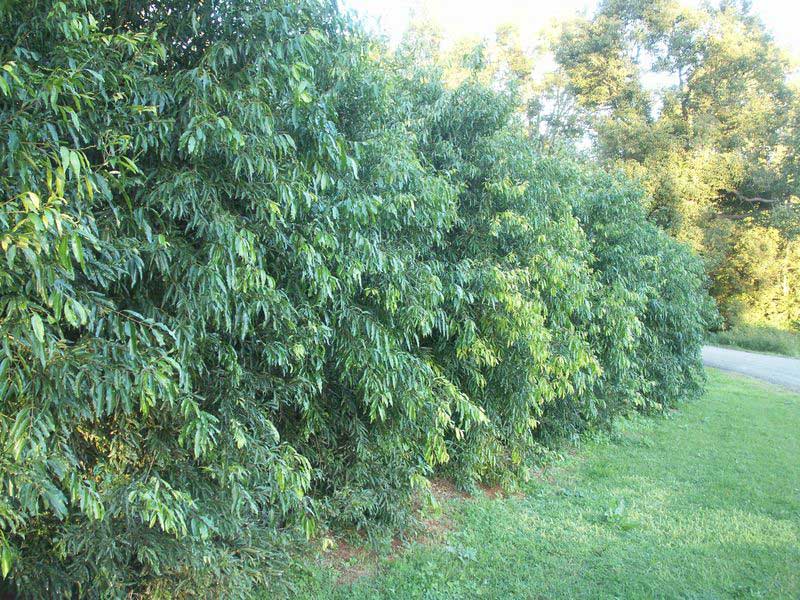
Conclusion
Designing landscapes in Sydney requires a nuanced understanding of the city’s diverse microclimates and soil types.
Successful horticulture depends on selecting plants that can withstand specific local conditions, from sun-exposed slopes to shaded gardens, and addressing issues like drainage and erosion. It also depends upon factoring in the ecological, cultural, and functional requirements of a space.
By carefully considering these factors, one can create thriving, sustainable landscapes that enhance Sydney’s natural beauty.



